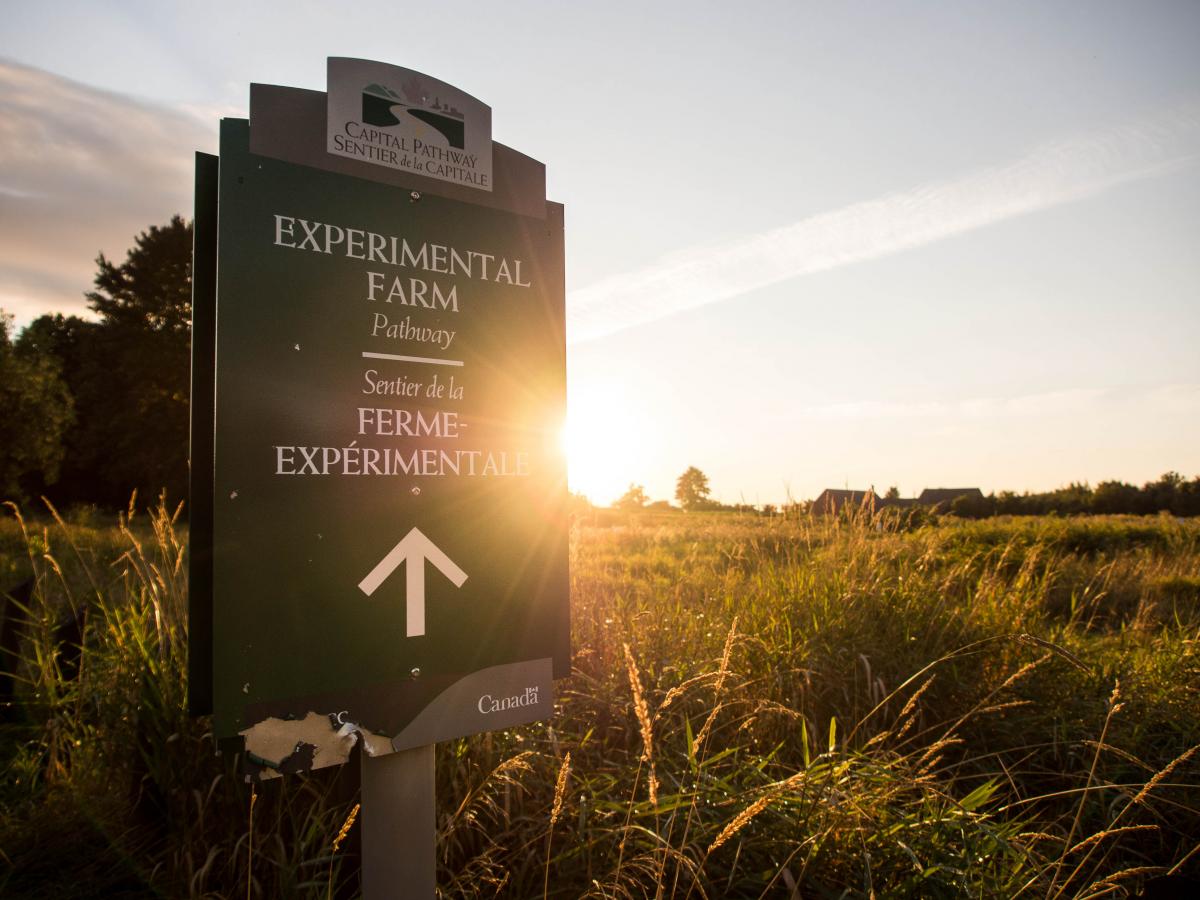The Central Experimental Farm (CEF) in Ottawa is a 1055-acre open-space jewel in a modern metropolis. By comparison, New York’s Central park is only 837 acres. The CEF was established back in 1886 by Agriculture Canada to produce safe and healthy food for Canadians. After the Second World War, the ministry directed it to embrace chemical industrial factory farming that benefited corporate agri-businesses and prioritized profit over food safety.
In 1920, there was nothing but organic farming on this historic site. In a letter to the Agriculture Minister in January 2016, I asked how much of the farm was organic and permaculture research. I was told that two-to-five per cent of the produce is organic, zero per cent is permaculture and 95 per cent is chemical based.
On December 2, 2016, Heritage Minister Melanie Jolie announced that 70 acres of the CEF would be given to developers to build a new Civic Hospital Campus. Only a week before, the NCC Federal Site Review — which took 6 months, spent $100,000 and studied 12 sites — announced Tunney’s Pasture as the preferred site of the new hospital campus. In just one week, three levels of government came together in a press conference to announce it would be built on top of the CEF instead.
On February 8, 2017, the CBC announced that the Baseline bus rapid transit corridor received the green light from city council. A strip of the CEF would be expropriated on the south side of the farm. The O-Train expansion in the south also has plans to double track, which may take some of the east side of the farm.
So much for the open-space jewel. There is a definite disconnect between our three levels of government and this wonderful historic space.
At a small protest January 21 on the CEF farm, former City Councillor Clive Doucet said, “The 50 acres for the hospital has nothing to do with patient care, it’s just another sweetheart deal for developers.”
Shiv Chopra, a health food regulator for over 35 years with Health Canada, said, “We have been creating sickness with our food system, therefore we need more hospitals. We should be doing the opposite, educating our children to grow and eat healthy food that does not contain toxic materials.”
If people of Ottawa really care about the Central Experimental Farm, we need a vision for the next 100 years. One dream for this beautiful open space would be an example to all Canadians of a farm for organic, permaculture and greenhouse research and education by 2020. On the 100th anniversary, we could start our path back to clean, sustainable food and an education centre for K-12 in the Ottawa-Gatineau region.
The five pillars of food safety, a blueprint for future global food security put forth by Chopra, should be taught and appreciated by the coming generation if we are to have a healthy and sustainable society. Our local, provincial and federal governments seem to have another priority, of giving up this historic landmark to local developers, instead of developing safer ways to produce healthy food, a shortsighted goal, indeed.
By removing antibiotics, hormones, animal waste fed to animals, GMOs and pesticides, Canadians can have the cleanest food in the world. Now that is a vision worth dreaming about.
Ken Billings is editor of DigileakCanada.weebly.com, a Media and Communications Director at Food Sovereignty Canada, a vegetable gardener and a bicycle enthusiast.
Image: National Trust for Canada/Andrew Power



